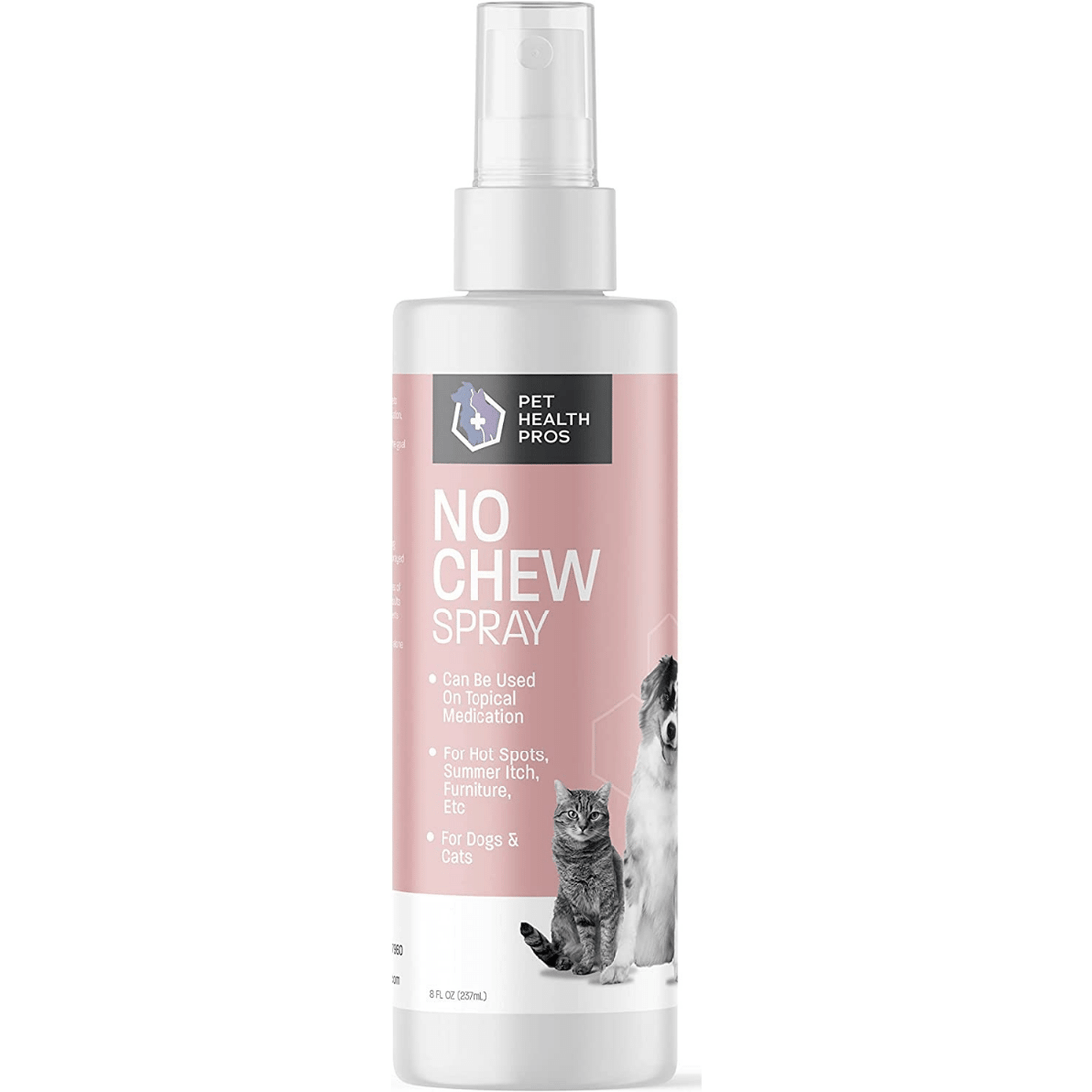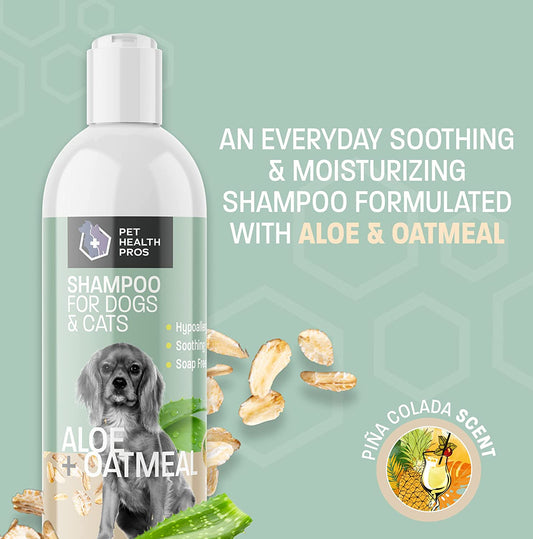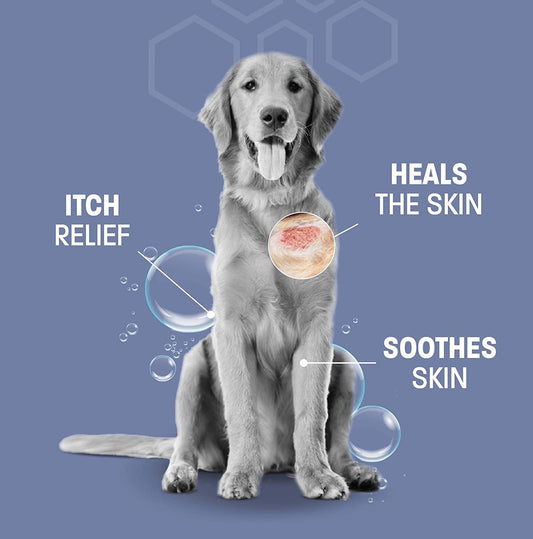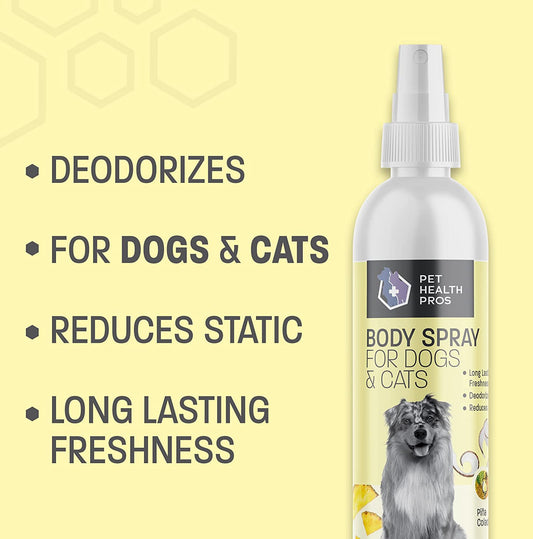Pets may chew on things they ought not. Owners often try no-chew sprays, but these might not work. Consider other options when trying to end this bad habit.
Bitter-taste sprays may be worth a shot. These leave a nasty taste in the pet's mouth, discouraging them from chewing. They're milder than no-chew sprays and don't contain harmful ingredients.
Try distraction techniques as well! Give pets toys and treats to keep them busy. This will keep them from damaging furniture or belongings.
Sound deterrents are also an option. High-frequency sounds annoy animals without harming them. When pets link these sounds to their chewing, they will stop. Sound deterrents are great for keeping pet-related damage away from certain areas.
In ancient times, people tried chili peppers to stop pets from chewing. This seems extreme today, but it proves the long effort to stop unwelcome chewing.
These alternatives help owners to find solutions that suit their needs. Bitter-taste sprays, distraction techniques, or sound deterrents can all create harmony between pets and their belongings.
Alternatives to No Chew Sprays
When trying to stop your pet from chewing, it's important to explore different options than regular no chew sprays. These can help change their behavior and make sure your stuff doesn't get damaged. Here are a few alternatives to think about:
- Bitter Apple Spray: This sour-tasting solution is put on items your pet usually chews. So, it's unappealing to them.
- Chew Toys: Give them lots of chew toys to chew on instead of your things.
- Training & Distraction: Teach them commands or give them puzzle toys to take their attention away from chewing the wrong things.
- Anti-Chew Deterrents: Get products made with natural ingredients that pets don't like the taste of.
- Behavioral Training: Work with a pro to find out what's causing the chewing and fix it.
Also, figure out what works best for your pet specifically. For example, they may like different textures or sounds in their chew toys. Or they may need more activity and stimulation.
To stop the chewing, you need to know how and why these alternatives work. Bitter Apple Spray creates an unpleasant taste to stop them from doing it again. Chew toys let them do the natural chewing thing without breaking stuff. Training and distraction help them focus on good behaviors instead. Anti-chew deterrents use ingredients that pets don't like. And working with a professional gives tailored advice to fit their needs.
By looking into these options and understanding how they work, you can stop your pet from chewing without just using no chew sprays.
Pros and Cons of No Chew Sprays
No chew sprays are a popular way to stop pets from chewing. But there are pros and cons to consider.
Pros:
- Easy to apply - no special equipment needed.
- Natural ingredients - safe for pets.
- Versatile - for furniture, shoes and cords.
Cons:
- Might not be effective - some pets may not be deterred.
- Needs reapplying - wears off over time.
- Could stain - certain sprays may leave marks.
Alternative solutions are worth considering too. For example, bitter apple spray has a different taste that some pets find more successful. Providing appropriate toys and treats can help too - redirecting their chewing instinct. Crate training can also work - creating a safe space when unsupervised.
Comparisons of Alternatives and No Chew Sprays
It's essential to know that some alternatives may be safe and natural, yet not work for all pets. Moreover, chew toys can provide a short-term solution but don't solve the underlying problem.
Therefore, if you want to stop your pet's chewing habits, it's essential to ask a vet or animal behaviorist for tailored advice. Take action now and explore these alternatives to prevent damage from excessive chewing. Your furry pal deserves a secure and contented life!
Conclusion
Bitter sprays or deterrents may assist pet owners in preventing chewing habits. These products work by making objects taste unappetizing, deterring pets from biting and chewing off-limits items. They may not work for every pet and some may become tolerant of the taste over time.
An alternate solution is to offer appropriate chew toys or treats. These are designed with pets in mind, aiding them with their natural urge to gnaw and diverting their focus away from destructive chewing. Ensure that the toys are durable and suitable for your pet's size and breed.
Positive reinforcement or clicker training can also help address chewing behavior. By rewarding desired behaviors and guiding inappropriate chewing onto acceptable items, you can teach pets which items they should chew.
Examine any underlying causes of excessive chewing in pets. Boredom, anxiety, or lack of exercise may contribute to destructive chewing. Stimulate your pet mentally with interactive toys, increase their exercise routine, or identify potential sources of stress to diminish unwanted chewing.
Frequently Asked Questions
1. What are some alternatives to no chew sprays?
There are several alternatives to no chew sprays. Some options include bitter apple sprays, bitter-tasting gels, deterrent tapes, chew-proof toys, and training and behavioral modification techniques.
2. How effective are bitter apple sprays?
Bitter apple sprays are generally effective in discouraging pets from chewing on furniture, shoes, or other items. However, their effectiveness may vary depending on the individual pet and its chewing behavior.
3. What are the pros and cons of using chew-proof toys?
The pros of using chew-proof toys are that they provide a safe and appropriate outlet for chewing behavior, thus preventing damage to household items. However, some pets may still prefer to chew on other objects, so it may not completely eliminate the behavior.
4. Are deterrent tapes a good option?
Deterrent tapes, which are sticky and unpleasant to pets, can be an effective alternative to no chew sprays. However, they may leave residue on furniture and may not be suitable for all surfaces or materials.
5. Do training and behavioral modification techniques work?
Training and behavioral modification techniques, such as positive reinforcement and redirection, can be very effective in curbing chewing behavior in pets. These techniques focus on teaching pets appropriate alternatives to chewing and addressing the root causes of the behavior.
6. How do these alternatives compare to no chew sprays?
Each alternative has its own advantages and disadvantages. Bitter apple sprays are similar to no chew sprays but may have varying effectiveness. Chew-proof toys provide a safe outlet but may not eliminate chewing entirely. Deterrent tapes offer immediate discouragement but may have drawbacks. Training and behavioral modification techniques offer long-term solutions but require time and effort.Pets may chew on things they ought not. Owners often try no-chew sprays, but these might not work. Consider other options when trying to end this bad habit.
Bitter-taste sprays may be worth a shot. These leave a nasty taste in the pet's mouth, discouraging them from chewing. They're milder than no-chew sprays and don't contain harmful ingredients.
Try distraction techniques as well! Give pets toys and treats to keep them busy. This will keep them from damaging furniture or belongings.
Sound deterrents are also an option. High-frequency sounds annoy animals without harming them. When pets link these sounds to their chewing, they will stop. Sound deterrents are great for keeping pet-related damage away from certain areas.
In ancient times, people tried chili peppers to stop pets from chewing. This seems extreme today, but it proves the long effort to stop unwelcome chewing.
These alternatives help owners to find solutions that suit their needs. Bitter-taste sprays, distraction techniques, or sound deterrents can all create harmony between pets and their belongings.
Alternatives to No Chew Sprays
When trying to stop your pet from chewing, it's important to explore different options than regular no chew sprays. These can help change their behavior and make sure your stuff doesn't get damaged. Here are a few alternatives to think about:
- Bitter Apple Spray: This sour-tasting solution is put on items your pet usually chews. So, it's unappealing to them.
- Chew Toys: Give them lots of chew toys to chew on instead of your things.
- Training & Distraction: Teach them commands or give them puzzle toys to take their attention away from chewing the wrong things.
- Anti-Chew Deterrents: Get products made with natural ingredients that pets don't like the taste of.
- Behavioral Training: Work with a pro to find out what's causing the chewing and fix it.
Also, figure out what works best for your pet specifically. For example, they may like different textures or sounds in their chew toys. Or they may need more activity and stimulation.
To stop the chewing, you need to know how and why these alternatives work. Bitter Apple Spray creates an unpleasant taste to stop them from doing it again. Chew toys let them do the natural chewing thing without breaking stuff. Training and distraction help them focus on good behaviors instead. Anti-chew deterrents use ingredients that pets don't like. And working with a professional gives tailored advice to fit their needs.
By looking into these options and understanding how they work, you can stop your pet from chewing without just using no chew sprays.
Pros and Cons of No Chew Sprays
No chew sprays are a popular way to stop pets from chewing. But there are pros and cons to consider.
Pros:
- Easy to apply - no special equipment needed.
- Natural ingredients - safe for pets.
- Versatile - for furniture, shoes and cords.
Cons:
- Might not be effective - some pets may not be deterred.
- Needs reapplying - wears off over time.
- Could stain - certain sprays may leave marks.
Alternative solutions are worth considering too. For example, bitter apple spray has a different taste that some pets find more successful. Providing appropriate toys and treats can help too - redirecting their chewing instinct. Crate training can also work - creating a safe space when unsupervised.
Comparisons of Alternatives and No Chew Sprays
It's essential to know that some alternatives may be safe and natural, yet not work for all pets. Moreover, chew toys can provide a short-term solution but don't solve the underlying problem.
Therefore, if you want to stop your pet's chewing habits, it's essential to ask a vet or animal behaviorist for tailored advice. Take action now and explore these alternatives to prevent damage from excessive chewing. Your furry pal deserves a secure and contented life!
Conclusion
Bitter sprays or deterrents may assist pet owners in preventing chewing habits. These products work by making objects taste unappetizing, deterring pets from biting and chewing off-limits items. They may not work for every pet and some may become tolerant of the taste over time.
An alternate solution is to offer appropriate chew toys or treats. These are designed with pets in mind, aiding them with their natural urge to gnaw and diverting their focus away from destructive chewing. Ensure that the toys are durable and suitable for your pet's size and breed.
Positive reinforcement or clicker training can also help address chewing behavior. By rewarding desired behaviors and guiding inappropriate chewing onto acceptable items, you can teach pets which items they should chew.
Examine any underlying causes of excessive chewing in pets. Boredom, anxiety, or lack of exercise may contribute to destructive chewing. Stimulate your pet mentally with interactive toys, increase their exercise routine, or identify potential sources of stress to diminish unwanted chewing.
Frequently Asked Questions
1. What are some alternatives to no chew sprays?
There are several alternatives to no chew sprays. Some options include bitter apple sprays, bitter-tasting gels, deterrent tapes, chew-proof toys, and training and behavioral modification techniques.
2. How effective are bitter apple sprays?
Bitter apple sprays are generally effective in discouraging pets from chewing on furniture, shoes, or other items. However, their effectiveness may vary depending on the individual pet and its chewing behavior.
3. What are the pros and cons of using chew-proof toys?
The pros of using chew-proof toys are that they provide a safe and appropriate outlet for chewing behavior, thus preventing damage to household items. However, some pets may still prefer to chew on other objects, so it may not completely eliminate the behavior.
4. Are deterrent tapes a good option?
Deterrent tapes, which are sticky and unpleasant to pets, can be an effective alternative to no chew sprays. However, they may leave residue on furniture and may not be suitable for all surfaces or materials.
5. Do training and behavioral modification techniques work?
Training and behavioral modification techniques, such as positive reinforcement and redirection, can be very effective in curbing chewing behavior in pets. These techniques focus on teaching pets appropriate alternatives to chewing and addressing the root causes of the behavior.
6. How do these alternatives compare to no chew sprays?
Each alternative has its own advantages and disadvantages. Bitter apple sprays are similar to no chew sprays but may have varying effectiveness. Chew-proof toys provide a safe outlet but may not eliminate chewing entirely. Deterrent tapes offer immediate discouragement but may have drawbacks. Training and behavioral modification techniques offer long-term solutions but require time and effort.









